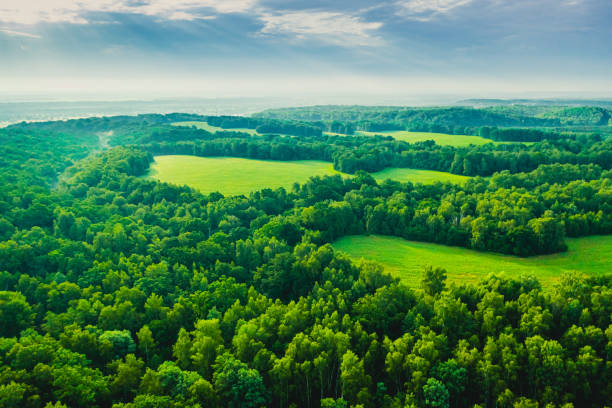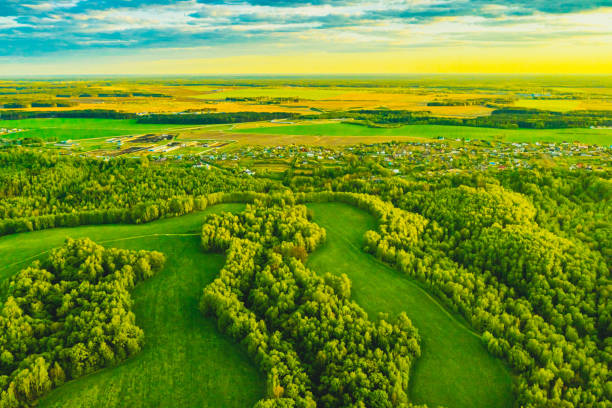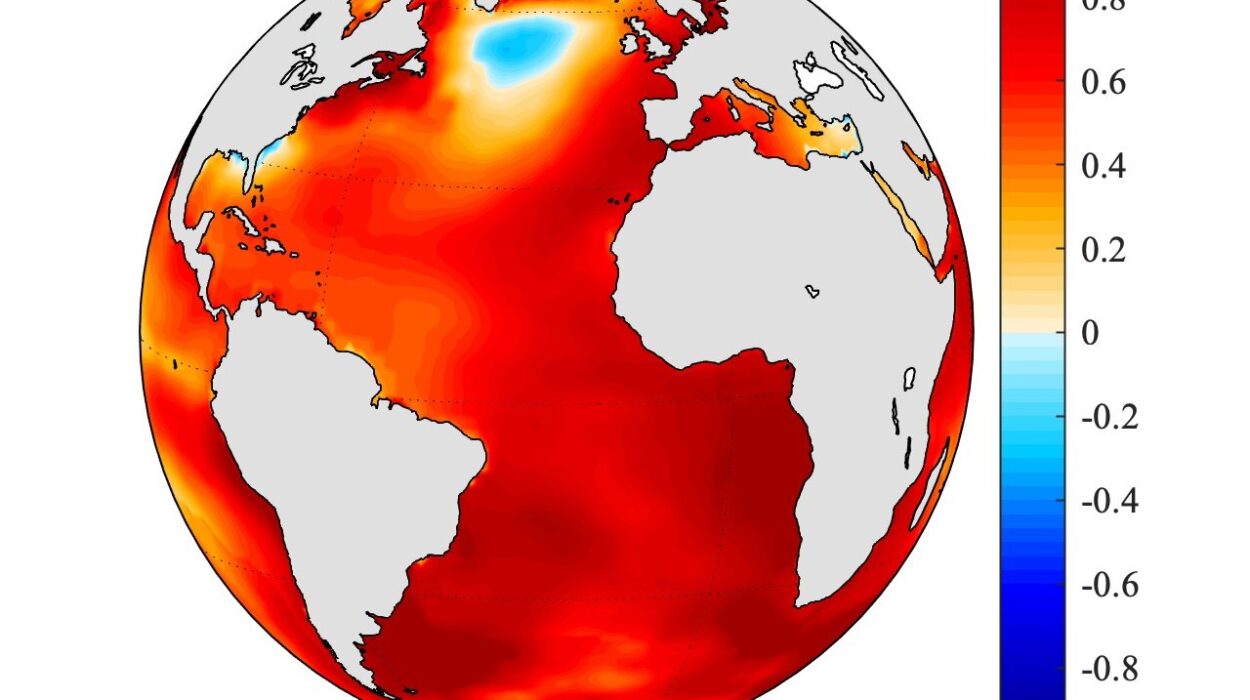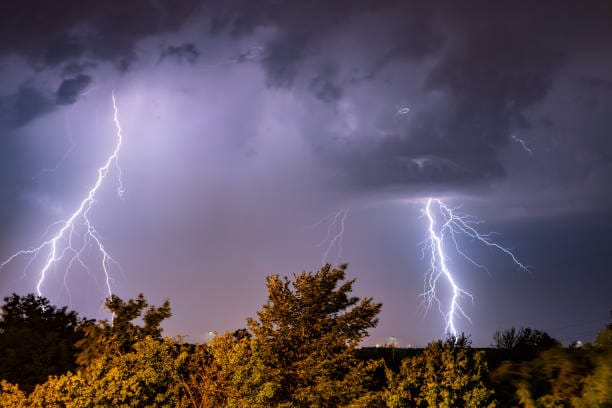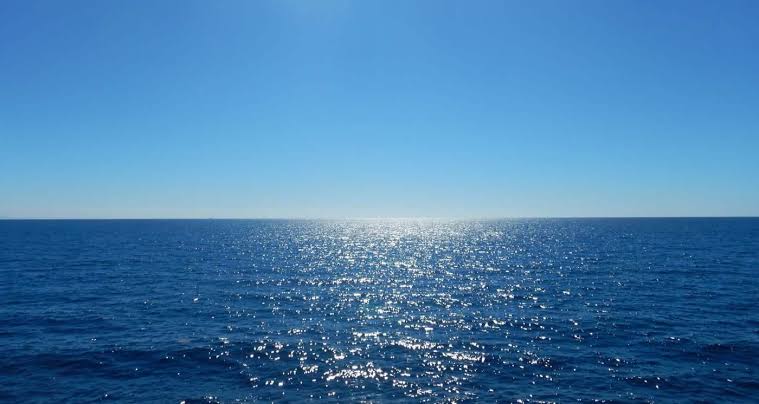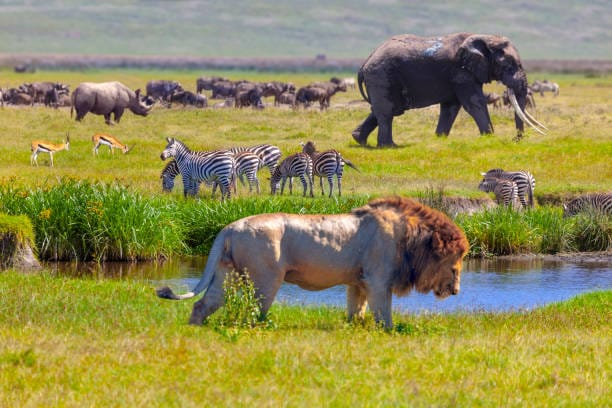In the vast concert hall of Earth’s ecosystems, biodiversity is the music. It hums beneath the soil, dances in coral reefs, sings in the rainforests, and whispers in the winds that carry pollen from flower to flower. It is the delicate, complex, and often invisible thread that binds all living things—from the smallest microbe to the tallest redwood tree—into a single, interconnected whole. Biodiversity is not just a list of species; it’s the story of life unfolding over billions of years, woven from the collective genes, behaviors, and interactions of all organisms.
To understand biodiversity is to grasp the richness of Earth itself. It’s the variety of life at every level: genetic, species, and ecosystem. It’s the ancient dance between predator and prey, the silent work of fungi decomposing fallen leaves, the migration of monarch butterflies across continents. It is also our story—because humans are not apart from nature, but a part of it.
Yet today, as biodiversity vanishes at an alarming rate, many are only just beginning to realize its value. This is not just a story of loss, but of urgency, resilience, and the vital role biodiversity plays in holding up the very architecture of life on Earth.
The Web That Holds the World Together
Imagine a forest. Not just a collection of trees, but a bustling community: birds nesting, insects pollinating, fungi exchanging nutrients beneath the soil, predators keeping populations in balance. Every organism plays a role in this living tapestry. Biodiversity ensures the resilience and stability of ecosystems. The more diverse an ecosystem, the more resistant it is to disturbances like disease, climate change, or invasive species.
Remove a few threads, and the web may still hold. But remove too many, and the structure collapses.
Species do not exist in isolation. They interact in complex networks: pollinators and plants, predators and prey, parasites and hosts. Even the bacteria in your gut are part of your personal ecosystem, influencing everything from digestion to mental health. The loss of one species can ripple through an entire system, triggering declines or collapses in other populations.
In biodiversity, there is strength through variety. Different species fill different roles, and many act as backups for each other. This redundancy is not wasteful—it is resilience. If one pollinator declines, another may step in. If one plant species dies out, others may take its place in stabilizing the soil or cycling nutrients.
When ecosystems lose biodiversity, they lose this buffer. They become brittle, more vulnerable to shocks, and more likely to spiral into collapse.
The Origins of Earth’s Diversity
Earth has hosted life for around 3.8 billion years. In that time, evolution—through the tireless mechanisms of mutation, selection, and adaptation—has crafted an astonishing diversity of forms. From the iridescent scales of tropical fish to the microscopic marvels of diatoms in the ocean, life has explored every available niche.
Mass extinctions have occurred before—at least five major ones—but life rebounded each time, eventually creating even more diversity. The most recent extinction event, the asteroid that wiped out the dinosaurs 66 million years ago, opened the door for mammals to flourish. Humans are the latest chapter in this evolutionary saga.
But something unprecedented is happening now.
Unlike previous mass extinctions driven by natural forces, today’s biodiversity crisis is being caused by a single species: us. The rate of species loss today is estimated to be 100 to 1,000 times higher than the natural background rate. Scientists warn that we may be entering a sixth mass extinction—one driven not by cosmic collisions or volcanic eruptions, but by habitat destruction, pollution, overexploitation, and climate change.
The Cost of Losing Life
When species disappear, it’s not just a tragedy for nature—it’s a threat to humanity. Biodiversity underpins everything we depend on: food, water, medicine, climate regulation, and more. It provides what ecologists call “ecosystem services”—the invisible work that natural systems perform for free, every single day.
Think of pollinators. Bees, butterflies, birds, and bats pollinate over 75% of the crops humans eat. Without them, many fruits, vegetables, nuts, and seeds would vanish from our plates. Their decline would not just affect diet—it would destabilize global food security.
Forests, especially tropical rainforests like the Amazon, regulate the planet’s climate. They absorb carbon dioxide, release oxygen, and drive weather systems. Mangroves and wetlands protect coastlines from storms and floods. Coral reefs act as nurseries for fish that feed millions. Soil microbes decompose organic matter, recycling nutrients that sustain plant life.
Every time we lose a species, we lose a piece of this life-support system. It’s like removing bricks from a house. At first, nothing may appear to change. But eventually, the walls will collapse.
The Genetic Treasure Trove
Biodiversity is not just about visible organisms—it also includes genetic diversity. Within every species lies a vast range of genetic variation. This diversity is crucial for adaptation. When environments change, genetic variation gives populations the tools to survive.
In agriculture, genetic diversity in crops and livestock allows farmers to breed varieties resistant to disease, drought, or pests. Traditional landraces—old varieties of crops—are often more resilient than high-yield monocultures. But as modern farming favors uniformity, these genetic resources are being lost.
Medicine, too, owes a great deal to biodiversity. Over half of modern drugs are derived from natural sources—plants, fungi, bacteria, or animals. The rosy periwinkle of Madagascar yielded treatments for leukemia. The Pacific yew tree gave us a powerful anti-cancer compound. Venom from snakes and frogs is being studied for potential heart medications and painkillers.
Every time we destroy a forest or lose a species, we may be erasing a future cure before we even knew it existed.
A Tapestry of Culture and Identity
Beyond the ecological and economic, biodiversity is deeply woven into the cultural fabric of human life. Indigenous peoples around the world have long lived in harmony with their local ecosystems, drawing food, medicine, spiritual meaning, and identity from the land.
Many traditional beliefs, festivals, and rituals are tied to animals, plants, seasons, and landscapes. Stories and myths often feature creatures unique to a particular region. Biodiversity is not just external—it lives in our language, art, cuisine, and memory.
When species go extinct, it’s not only an ecological event. It’s a loss of heritage, of history, of wisdom accumulated over generations. The extinction of the passenger pigeon or the dodo bird is not just a biological footnote—it is a cultural wound.
Preserving biodiversity, therefore, is also about preserving the diversity of human experience.
Urban Wildlife: Nature in the Concrete Jungle
It’s easy to think of biodiversity as something remote—deep in rainforests or far out at sea. But it exists in cities, too. Urban parks, gardens, rivers, and even vacant lots can become oases of life. Birds nest in rooftops, foxes roam suburban streets, insects pollinate balcony plants.
Urban biodiversity offers vital benefits. It improves mental health, reduces heat, filters air, and connects people—especially children—to nature. Cities that plan for green spaces, native plants, and habitat corridors can become havens for wildlife and human well-being alike.
Protecting biodiversity is not just about preserving wilderness. It’s about integrating nature into our daily lives, wherever we live.
Climate Change and the Biodiversity Spiral
Climate change and biodiversity loss are twin crises that feed into each other. Rising temperatures are shifting habitats, altering migration patterns, and increasing the frequency of extreme events like droughts, fires, and floods. Species that cannot adapt quickly enough are being pushed to the brink.
Meanwhile, the destruction of ecosystems—especially forests and wetlands—releases carbon stored in plants and soil, accelerating climate change. Biodiverse ecosystems are more effective at storing carbon and regulating climate. So, protecting biodiversity is also a powerful tool in the fight against global warming.
The more species we lose, the less resilience Earth has to buffer climate shocks. And the more the climate changes, the more species are at risk. It is a dangerous feedback loop.
Signs of Hope: Stories of Recovery
Despite the grim statistics, there are stories of hope. Conservation works. Species once thought lost have rebounded thanks to dedicated efforts. The California condor, once reduced to 27 individuals, now soars over the Grand Canyon again. Humpback whales, decimated by whaling, have made a remarkable comeback.
Protected areas like national parks and marine reserves safeguard crucial habitats. Sustainable farming, eco-tourism, rewilding projects, and citizen science initiatives are all helping reconnect people with nature. Technology is being used to monitor endangered species, detect poaching, and restore damaged landscapes.
Local communities are leading the way, too. In Costa Rica, forest cover has doubled in just a few decades thanks to conservation incentives. In Africa, community-managed wildlife areas have improved both livelihoods and biodiversity.
Nature is resilient—if given a chance.
The Path Forward: Rethinking Our Place in Nature
To protect biodiversity, we must rethink the way we live. It means moving away from a mindset of domination and toward one of coexistence. It means transforming agriculture to work with nature, not against it. It means reducing our ecological footprint—consuming less, wasting less, and respecting limits.
It also means valuing biodiversity not just for what it gives us, but for what it is. Every species has intrinsic worth, independent of its utility to humans. The tiger in the forest, the beetle under a log, the coral reef glowing in the deep—they all have a right to exist.
Education plays a crucial role. When people understand biodiversity, they are more likely to protect it. Connecting children to nature, integrating ecological thinking into schools, and promoting science literacy can foster a generation that sees the Earth not as a resource, but as a home.
Conclusion: The Moral Imperative of Diversity
Biodiversity is the living skin of our planet. It nourishes, stabilizes, heals, and inspires. It is the memory of life’s journey, the hope of evolution’s future, and the heartbeat of the natural world.
To save biodiversity is to save ourselves—not just physically, but spiritually. It is a call to humility, wonder, and responsibility. As the only species capable of shaping the fate of all others, humans bear a unique burden and a unique privilege.
Let us rise to that calling—not just for the sake of forests and frogs, but for the soul of a planet teeming with life. Because in the end, biodiversity is not just about nature. It is about life—our life, together, in this fragile and beautiful world.
